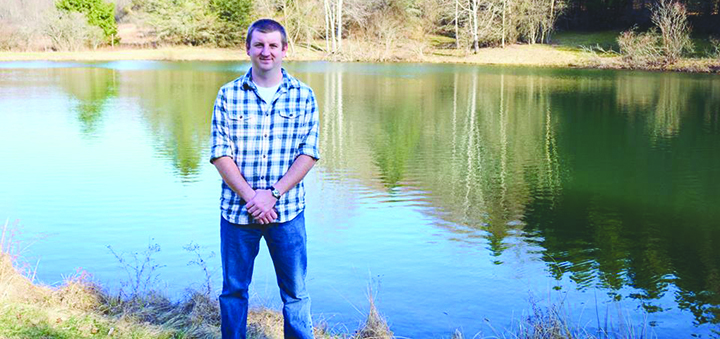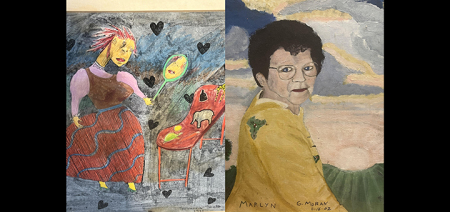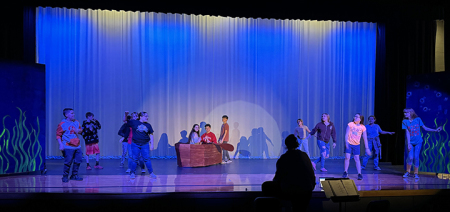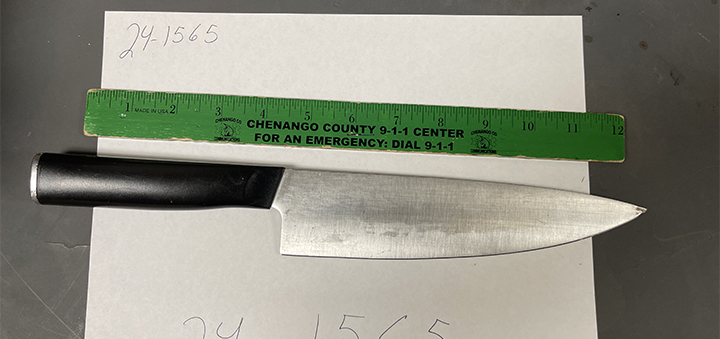Outdoor Chenango: Summer Kills: Water With No Oxygen
Published:
August 3rd, 2022
By:
Eric Davis

With things so dry and many local water bodies visibly below their usual water levels, the likelihood of summer kills is increasing every day we do not get rain or heavy winds. Depending on the body of water and the fish that are within that body, summer kills might not even be something to worry about or they can be a huge thing to worry about!
The first thing to understand is how a body of water gets to the point of a summer kill happening. Starting after ice out, the water in the lake (or pond) is close to uniform in temperature from the surface to the bottom, which allows the dissolved oxygen in the water to circulate freely. As the summer comes in, the water at the surface is heated by the sun while deeper waters remain cooler as the sun’s energy does not penetrate that deep. A unique property of water is that is gets denser as it cools until it reaches 4-degrees Celsius, then it becomes less dense until it forms ice. Therefore, with a continuous pattern of just sunny days, the water at the top of the water body becomes too warm compared to the deeper water and they can no longer be mixed by just the wind. The area between the warm and cool water is called the thermocline. The stratification (or layering) of a water body is the first steppingstone to a summer kill.
Other factors that influence stratification in lakes include depth, wind fetch, wind exposure, and spring temperatures. If a lake is shallow, it may not stratify as winds may cause the water to churn enough to mix completely. Wind fetch, or length of exposure, plays a role because a long fetch means larger waves are created and greater mixing occurs. Conversely, a lake surrounded by dense trees may not get a lot of wind on the water, leading to stratification. Finally, the cooler the temperature is in the spring, the longer it takes for stratification to occur and allows for a deeper epilimnion to form.
With the hypolimnion (area below the thermocline) cut off from the oxygen rich epilimnion (area above the thermocline), the oxygen concentration will only decrease as organisms use up the oxygen for respiration. As the oxygen level drops, other nutrients that are usually bound up in the substrate of the bottom may be released into the hypolimnion. These nutrients include nitrogen and phosphorous, which can be used by algae causing harmful algal blooms and further depleting the oxygen level in the pond/lake.
A common way to fight low oxygen levels in the hypolimnion (area below the thermocline) is to introduce pure oxygen directly to the hypolimnion. This technique is best left to professional lake and pond management companies and may not be allowed in some places. However, another way to combat anoxic hypolimnions can be achieved on smaller bodies of water. That technique is forced circulation. This can be achieved by using pumps or aerators to force the water to move either up or down the water column depending on the system design. By moving the oxygen depleted water up to the epilimnion (area above the thermocline), the water will mix leading to greater oxygen concentrations throughout the water body. A common way this is accomplished is to use a wind-powered pump. Then as the wind blows, the water at the bottom of the pond/lake is pumped towards the surface. Some places closer to residential areas may opt for a fountain or other aesthetically pleasing feature that helps circulate the water while introducing oxygen as the water is sprayed back to the surface of the pond/lake. This is common in business parks as the constant mixing of the water helps control algae blooms that make the water appear too green.
As fall approaches, the epilimnion begins to cool down and eventually the gradient between it and the hypolimnion gets small enough to allow for mixing again. This is called fall turnover. If the water body can make it to this point, then the entire water column is rejuvenated with high dissolved oxygen concentrations and the fish should be alright.
Another problem that local bodies of water can have is winter kills, which are like summer kills but slightly different. Once ice is on the body of water, there is no longer surface churning to help introduce oxygen into the water. This means all oxygen production must come from vegetation under the ice. However, once snow falls on top of the ice and blocks any light from getting through, the plants begin to die. Then the entire water body is in a state of oxygen consumption just like the hypolimnion in summer.
Author: Eric Davis - More From This Author
Comments






